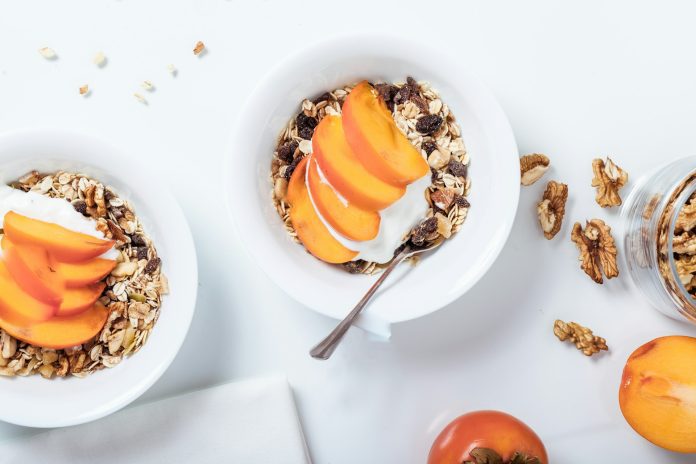
Researchers at Imperial College London have discovered why eating high-fiber foods can make you feel fuller for longer.
Their study, published in Science Translational Medicine, found that a diet high in fiber stimulates the release of a key appetite-reducing hormone called Peptide tyrosine tyrosine (PYY) in the ileum, the longest part of the small intestine.
PYY is known to reduce appetite and food intake.
The researchers discovered that when people ate a higher-fiber diet, more PYY was released from the ileum, which plays a significant role in appetite regulation by secreting enzymes and hormones.
However, until now, little was known about how the ileum interacts with different types of food.
The study involved a small group of healthy volunteers who consumed various meals, including high-fiber foods like apples, chickpeas, and carrots, as well as low-fiber foods like sweets and white bread, over four days.
The participants were fitted with nasoendoscopic tubes—flexible tubes that reach their small intestine. This allowed the researchers to take samples of ‘chyme’—the substance produced in the ileum—before and after meals.
The research team found that the ileum was much more responsive to fasting and feeding than previously thought. Higher-fiber foods altered the gut microbiome and stimulated the release of PYY from ileal cells more than lower-fiber foods did.
This effect was observed even when the high-fiber foods were broken down, such as in pureed chickpeas or apple juice.
The study identified key metabolites—small molecules from food breakdown—that triggered PYY release. Molecules like stachyose and amino acids such as tyrosine, phenylalanine, aspartate, and asparagine, found in foods like beans, cheese, meat, and poultry, all contributed to PYY release.
Dr. Aygul Dagbasi, a lead author of the research from Imperial’s School of Metabolism, Digestion, and Reproduction, explained, “We now understand how dietary fiber is associated with lower levels of hunger compared to a low-fiber diet. Certain fibers and amino acids stimulate PYY.
For example, oats and legumes are high in fiber and protein, making them good foods to promote fullness.”
The study represents a significant step forward in understanding the role of the ileum in regulating appetite. Professor Gary Frost, who co-led the study, said, “Our study gave more detail on how the ileum changes in response to fasting and feeding. It also has implications for designing healthier diets.
If we can deliver certain foods to the right parts of the intestine, it might help people struggling with weight by giving them better appetite control and helping them stick to diets.”
This research could lead to better dietary recommendations and help people manage their hunger more effectively, contributing to healthier lifestyles.
If you care about nutrition, please read studies about how Mediterranean diet could protect your brain health, and the best time to take vitamins to prevent heart disease.
For more information about health, please see recent studies about plant nutrients that could help reduce high blood pressure, and these antioxidants could help reduce dementia risk.





